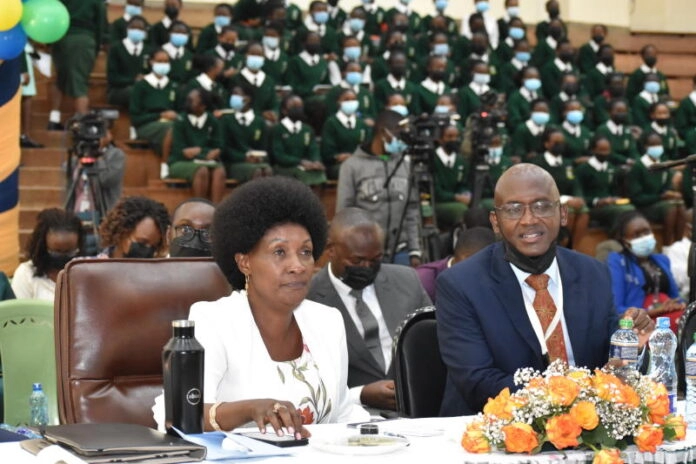The 10-month closure of schools that was effected in early 2020 owing to the threat of coronavirus appears to be an eye opener to education stakeholders. This has since then made the government to think about online learning as future plan to avert an eventuality of similar kind
Even though traditional learning methods, are still the most preferred mode of learning, it is also true that for effective and continuity in learning complementing it by virtual learning will undoubtedly play a crucial role.
TSC has already commissioned a two-month virtual teaching and learning pilot project involving 12 schools in 10 counties.
The project has been organized in such a manner taht students in select schools will share virtual lessons in sciences, mathematics and English subjects.
In a bid to make it a success, teachers’employer (TSC) has trained 163000 teachers for the project.
Staff inequality has affected most schools especially those in Rural schools, since most trained teachers prefer urban schools.
Insecurities posed by the Somali based Al Shabaab terrorists and unfavorable infrastructure in areas like northern Kenya, contribute to teachers shortages.
Blended teaching and learning if well executed and financed will play a vital role in plugging this shortage.
Furthermore, power connectivity and supply should be improved. The much talked about computer labs in schools should be actualised to enable learners access online classes with ease.


